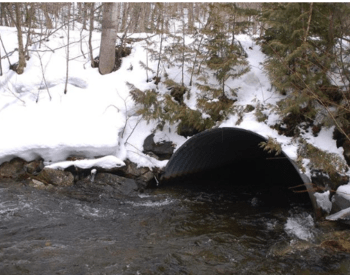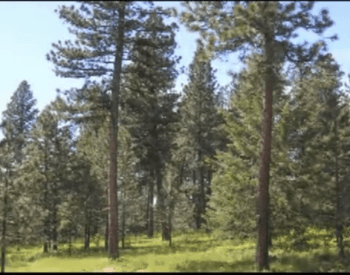If you’ve spent time in the woods in southern Oregon, you’ve probably run into these brown or purple cone-like organisms protruding from the forest floor or a nearby road cut. Many have wondered what these strange items are: cones from trees? Plants?
Actually, they are plants – parasitic plants, to be exact. The California groundcone (Boschniakia strobilacea) is a member of the broomrape family that parasitizes the roots of nearby madrone trees and manzanita shrubs. Because it’s a parasite, it doesn’t make its own energy and thus does not have green leaves. But it does have flowers.
These stick out from the bracts in spring. The bracts look very similar to cone scales from a conifer tree, hence the name ground “cone.” Another groundcone species found near the coast and farther north is parasitic on salal.
Ground cones do not have roots; instead, they have haustoria, root-like organs that penetrate the roots of their host. True and dwarf mistletoe plants also have haustoria. To the best of my knowledge, ground cones do not represent a significant threat to the health of their hosts.


















